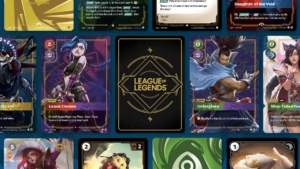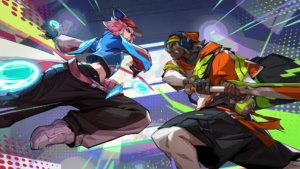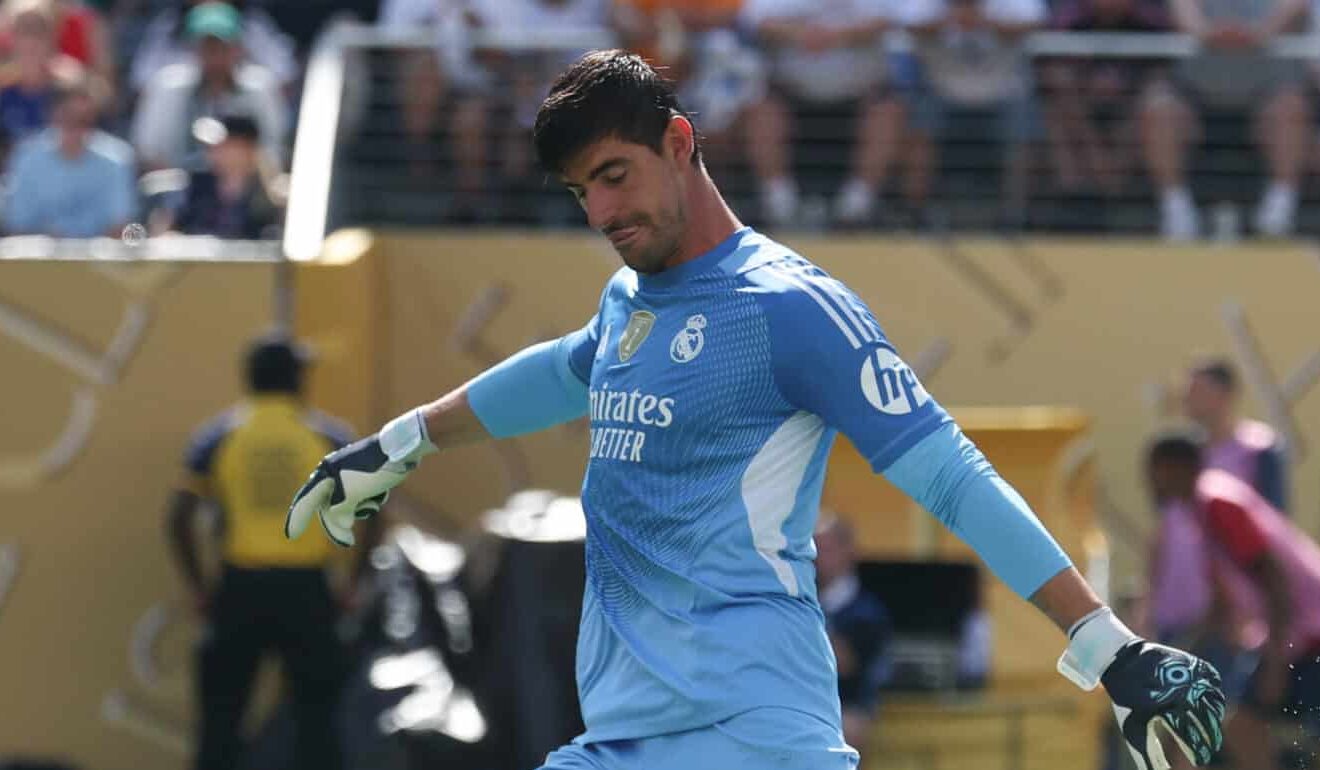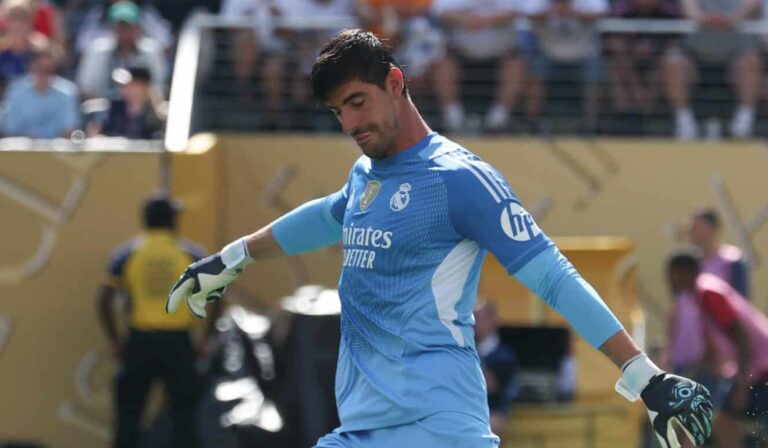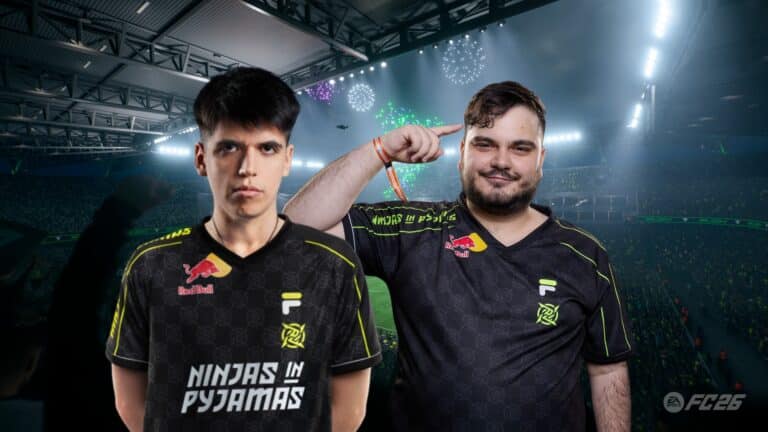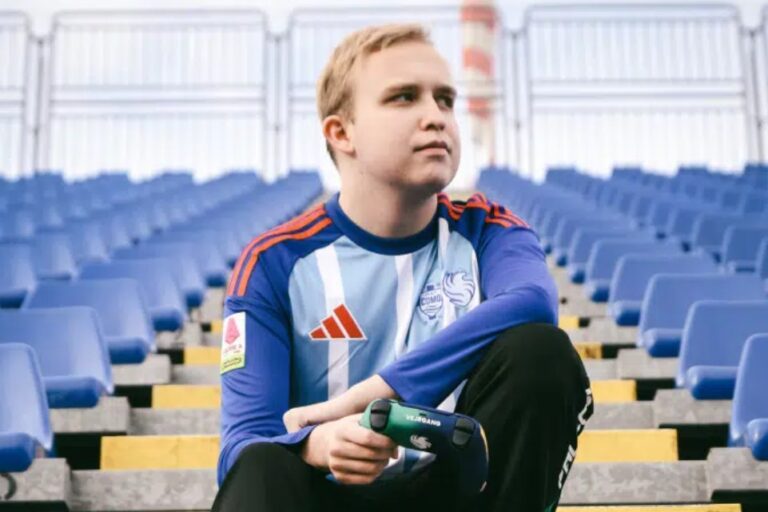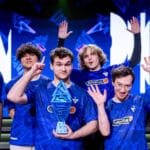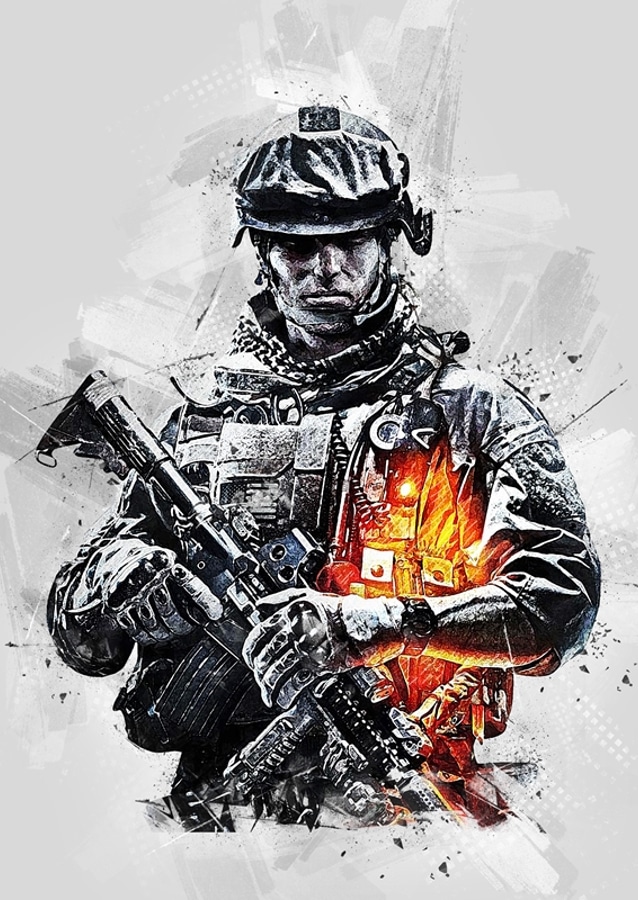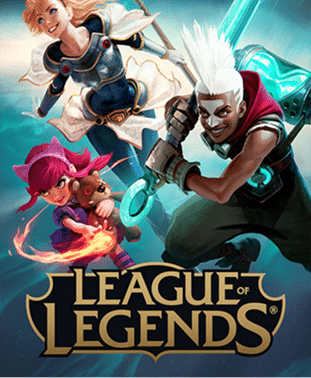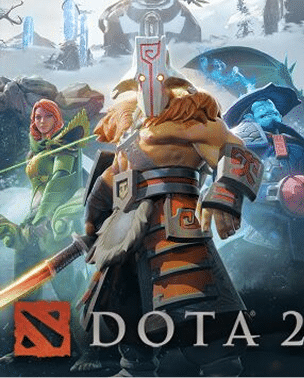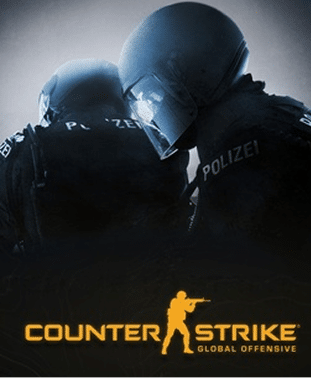'Having a 10-man LoL roster pushes the first team and creates pressure' – CLG
Dom Sacco, Senior Editor
Last Updated: 16/12/2016
It’s not just the UK esports scene we like to write about here at ENUK – we also cover streamers, general gaming stories and esports comment too.
We like to highlight interesting tidbits of information that may have flown under the radar.
One interview that caught our eye this week was with CLG’s head of player development Mike Schwartz.
The interview, published on the Esports iQ marketing newsletter, touched on the topic of 10-man League of Legends rosters, following Fnatic’s recent 10-man roster announcement, consisting of a five-man first team and a Challenger Series second team.
While recent changes by Riot mean that sister teams in the Challenger Series won’t be able to play in the promotion tournament and reach the higher-level LCS, they will still be able to take part in the Challenger Series itself and earn prize money.
Of course, it’s not cheap to have 10 players on your books instead of five, or five plus a sub or two, but it’s great for player development, and any of the sister team players can sub into the first team at any time.
“With commitment to two full rosters and a focus on development of talent over immediate success, it puts starters on alert that they must perform and creates pressure.”
Mike said: “One of the issues that have plagued esports is the lack of a viable bench. With commitment to two full rosters and a focus on development of talent over immediate success, it puts starters on alert that they must perform and creates pressure.
“Meanwhile it gives those on the Challenger roster a legitimate chance to prove themselves and hopefully pushes them to challenge those starters.
“It is important to keep in mind that Fnatic is an established organization and younger orgs may have a rough time implementing such policies until they become established as regional strength or have large enough investments to sustain through rougher years of development. In due time though, I believe that teams will begin such a roster expansion (CLG has just expanded to a Challenger Team as well).”
Mike also spoke about how CLG ensures their players are in the best frame of mind, and are developing ‘in all areas of life’, whether it’s ensuring they go to the gym, take part in yoga or work on their social media branding.
He also touched on the topic of burnout in esports – something we’re written a lot about here at Esports News UK.
‘Esports almost killed me’ – ReDeYe talks about burnout and the importance of downtime
Mike added: “At elite levels, once you reach peak training efficiency the only thing that you can really do to improve is play more, unfortunately.
“If your players aren’t maximizing their time, reduce the amount of practice initially and get them to focus on the process and gradually work into that system. Make sure you listen to your players’ needs during this time, but don’t be afraid to push them outside of their comfort zones.”
Dom Sacco, Senior Editor
Dom is an award-winning writer and finalist of the Esports Journalist of the Year 2023 award. He has almost two decades of experience in journalism, and left Esports News UK in June 2025. As a long-time gamer having first picked up the NES controller in the late '80s, he has written for a range of publications including GamesTM, Nintendo Official Magazine, industry publication MCV and others. He also previously worked as head of content for the British Esports Federation.
Stay Updated with the Latest News
Get the most important stories delivered straight to your Google News feed — timely and reliable
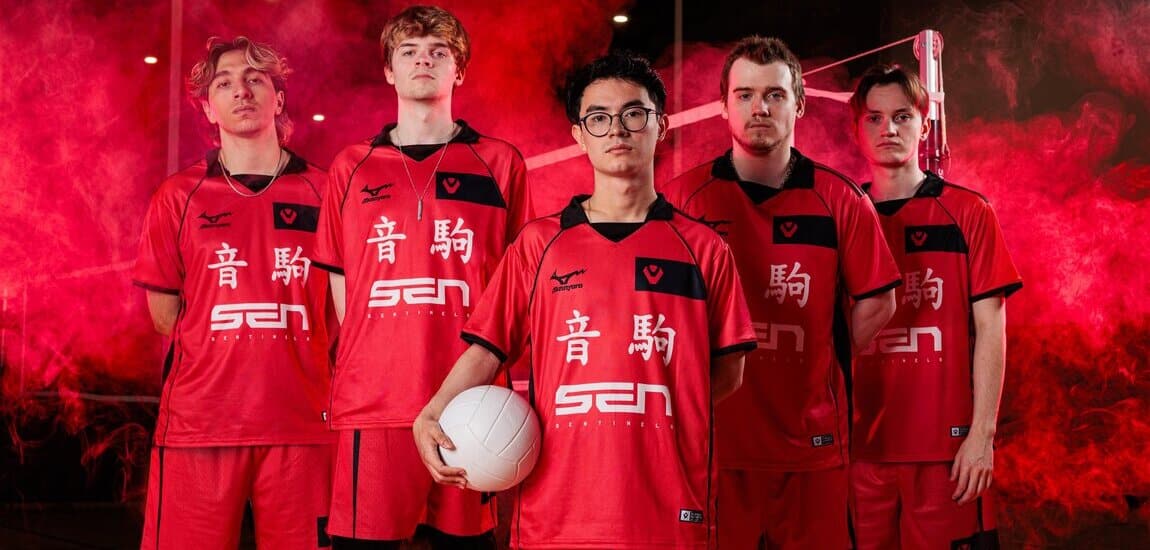
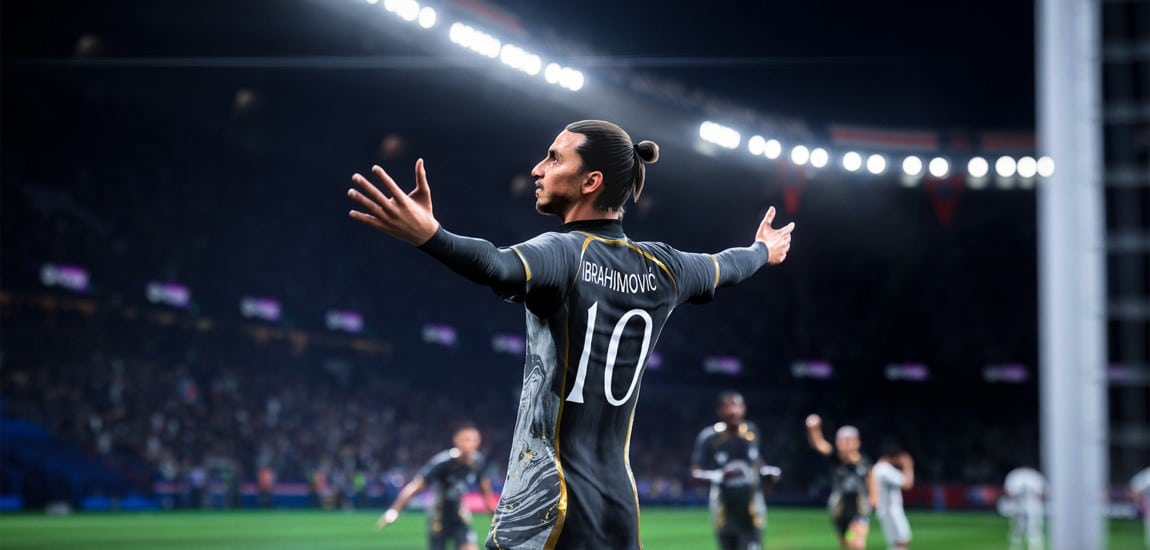
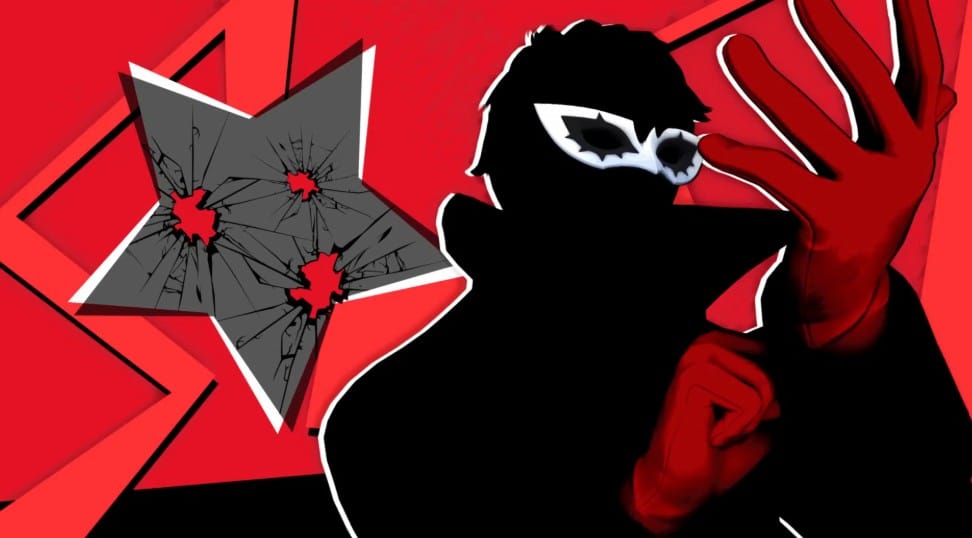
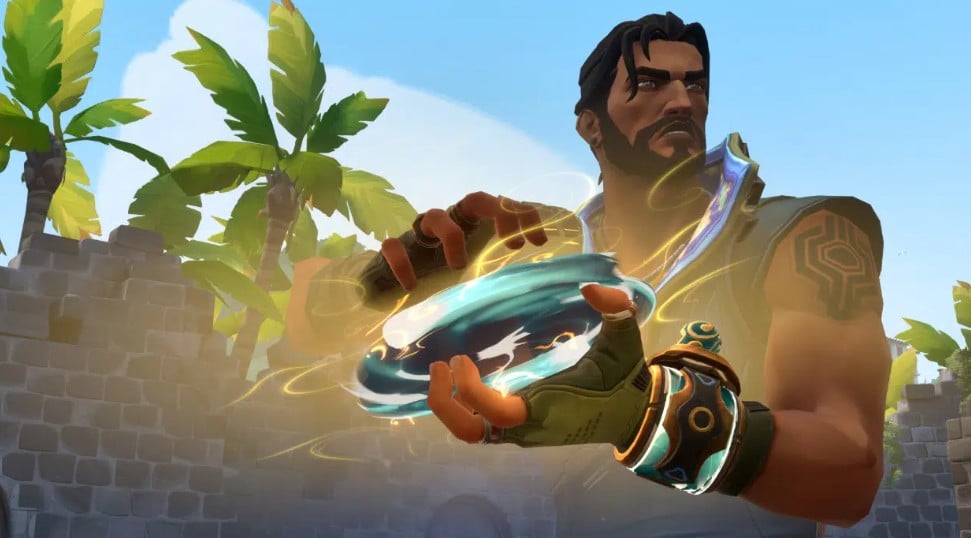
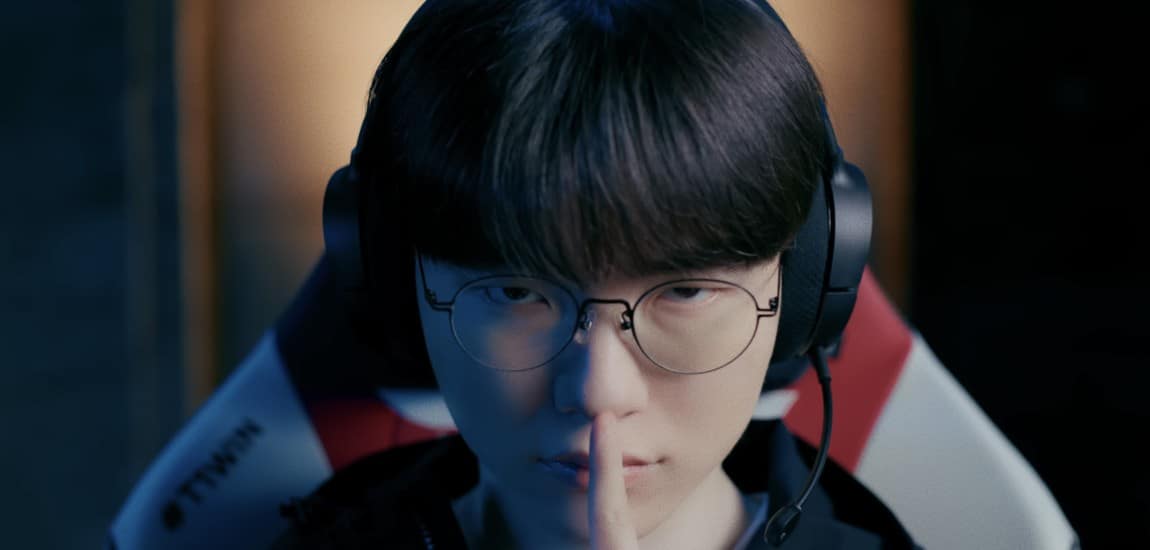
From breaking news and in-depth match analysis to exclusive interviews and behind-the-scenes content, we bring you the stories that shape the esports scene.
Monthly Visitors
User Satisfaction
Years experience
Latest
